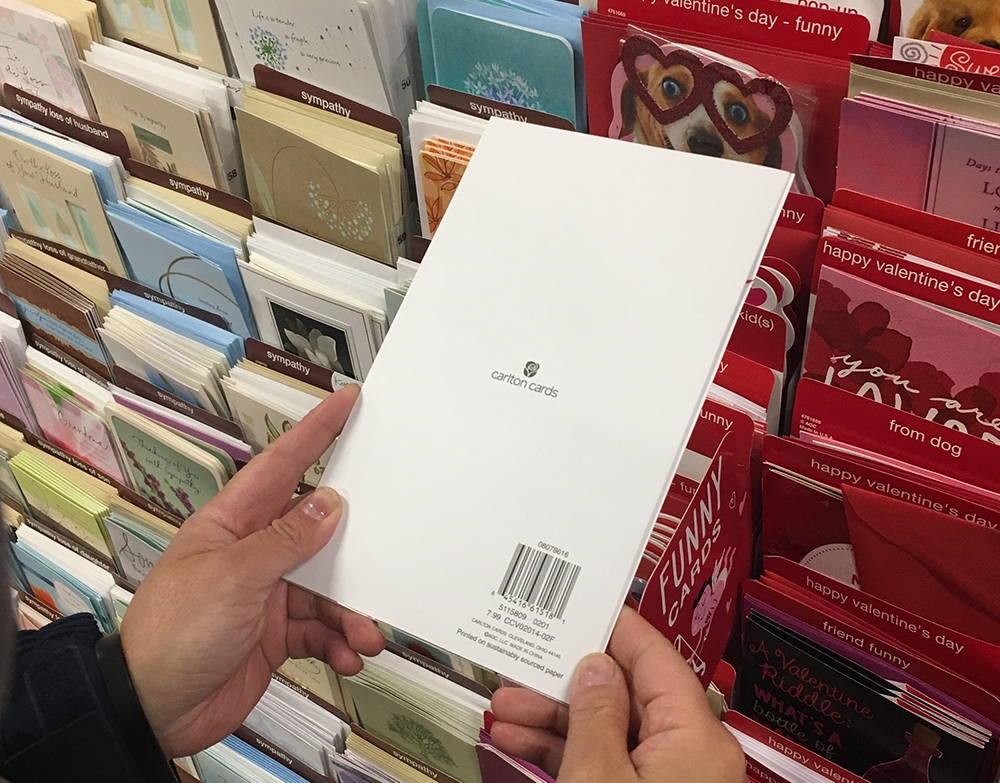Priya Saha | Contributor
Featured image: With Valentine’s Day just around the corner, singles everywhere are searching for dates to spend the big night with. | Victoria Fung
It is that time of the year again, when stores are filled with heart-shaped chocolate boxes, cards and cute stuffed animals holding red hearts with romantic phrases etched on them. Valentine’s Day has been associated with romantic love since the 14th century, but most people are not quite familiar with its true origins.
Saint Valentine of Rome, one of the most celebrated saints in the Middle Ages in England and France, is said to be the inspiration for Valentine’s Day.
A Roman priest during the third century, he was regarded as a heroic and compassionate figure that secretly performed marriages for military men, who under Roman law were not allowed to marry. Upon being discovered, he was ordered to be put to death. Saint Valentine continued to be a sympathetic individual while imprisoned and healed his jailer’s daughter, who would come and visit him regularly. Before his execution, he wrote her a letter signed “Your Valentine,” leading to the popularization of this romantic phrase.
Valentine’s Day has not always been associated with romantic love; it may have been used by the Romans to Christianize the pagan fertility festival of Lupercalia. This festival was observed in honour of the Roman god of fertility; Faunus, the Roman god of agriculture; and the founders of Rome, Romulus and Remus.
During the festival, men sacrificed a goat for fertility and a dog for purification by an order of Roman priests in the sacred cave where the founders of Rome were suckled by a she-wolf. The strips of the goat hide would be dipped in sacrificial blood and used to hit women in order to make them fertile. According to legend, there was a matchmaking lottery held, where women would place their names in an urn and men would then pick a woman’s name. They would form a couple for the rest of the year and successful matches often ended in marriage.
There have been many controversies and discussions about Valentine’s Day. People have questioned why it can’t be associated with familial or platonic love, a form of love between two individuals without a sexual component. The romanticized writings of prominent writers like Geoffrey Chaucer and Shakespeare helped associate Valentine’s Day with romantic love, alluding to it in a romantic, and sometimes sexual, manner.
Over time, Valentine’s Day evolved and became a commercial goldmine. The concept of lovers sending handmade greeting cards to each other emerged during medieval times, but the 19th-century factory-made cards of the Industrial Revolution are what aided the popularization and commercialization of the holiday.
In 1913, greeting card company Hallmark ushered in the mass production of Valentine’s Day cards, making it the second-most popular card-sending holiday after Christmas. This day of love has become even more commercialized with retailers jumping on the bandwagon. In 2015, Americans were estimated to spend $18.9 billion to woo their sweethearts, with women purchasing approximately 85 per cent of greeting cards sold in 2016.
Communications and culture PhD candidate Jason Wang believes there has been a significant increase in advertising over the last decade.
“When we walk on the streets in the city, we see sale signs for Valentine’s Day in stores decorated with heart-shaped confetti. Restaurants have two-people special dinner reservations, grocery stores have racks for specially wrapped chocolates, and Starbucks has its special Heart Sugar Cookie for a limited-time offer,” says Wang.
“Those commercial manifestations constantly tell us how special we should be, what we should do and buy and where we should go on February 14.”
On the other hand, Valentine’s Day is beginning to become more inclusive, such as the new LGBTQ+ advertising campaign launched by LUSH Cosmetics featuring queer couples in bathtubs. Times are changing, as is marketing, to cater to different communities.
If you are not fond of the lovers’ holiday, you are not alone. Countries like Pakistan, Malaysia and Saudi Arabia have outlawed this celebration of love, condemning it as un-Islamic.
But here in Canada, the celebrations will commence. On the bright side, all chocolates and sweets will be half-off on the 15.


